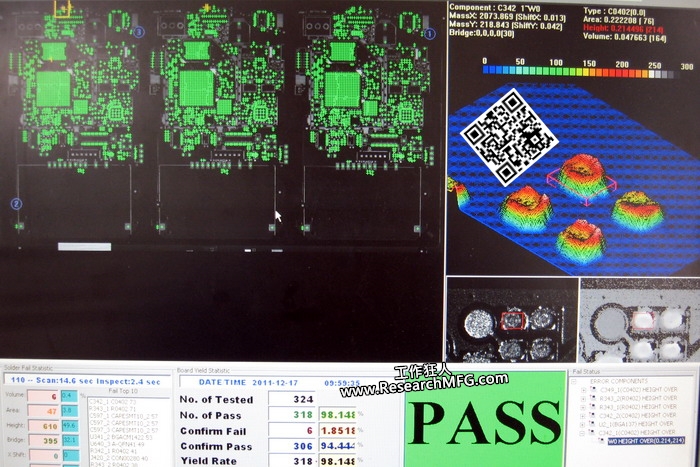
When you think about it, doctors are really just engineers who work on people instead of machines. Their methods and processes are surprisingly similar. So, engineers — you’re basically doctors too, just with different patients!
Einstein once said, “An expert is just a trained dog.” Workingbear can’t really argue with that. In fact, Workingbear believes doctors are, in essence, engineers. The main difference is what they work on: engineers deal with non-living things like machines or products, while doctors deal with living humans — that’s about it.




